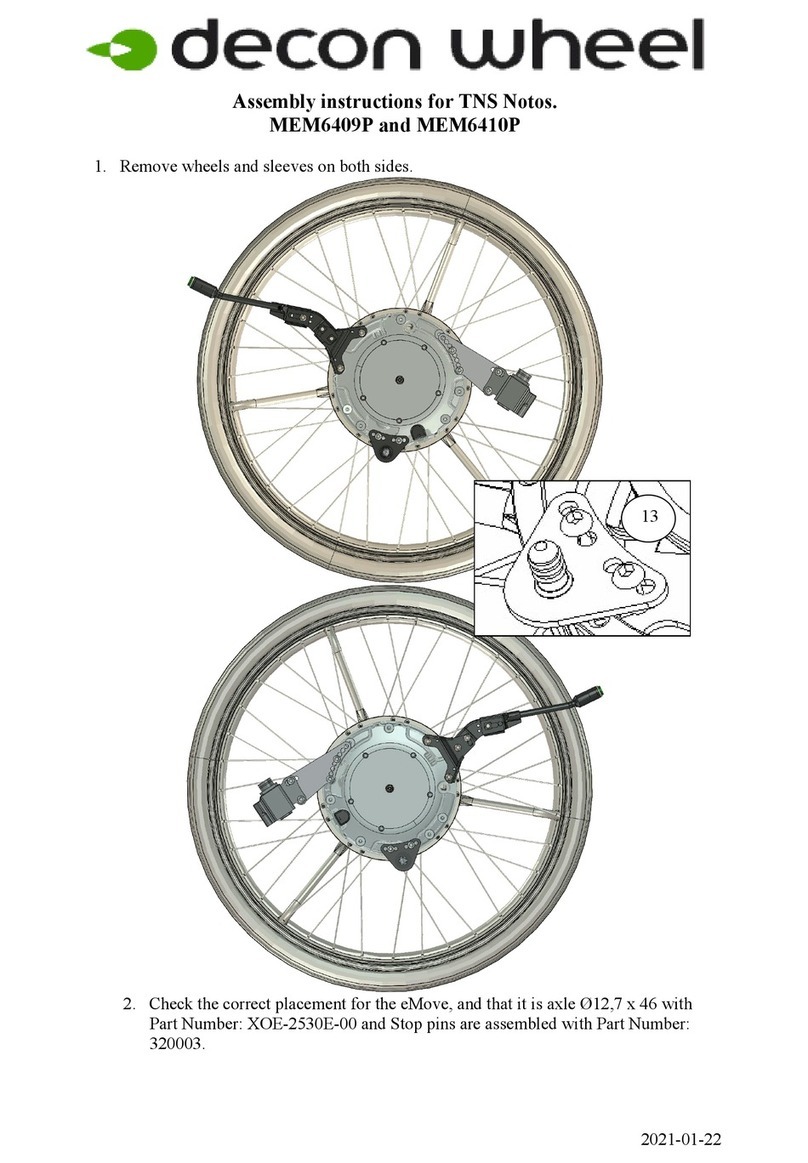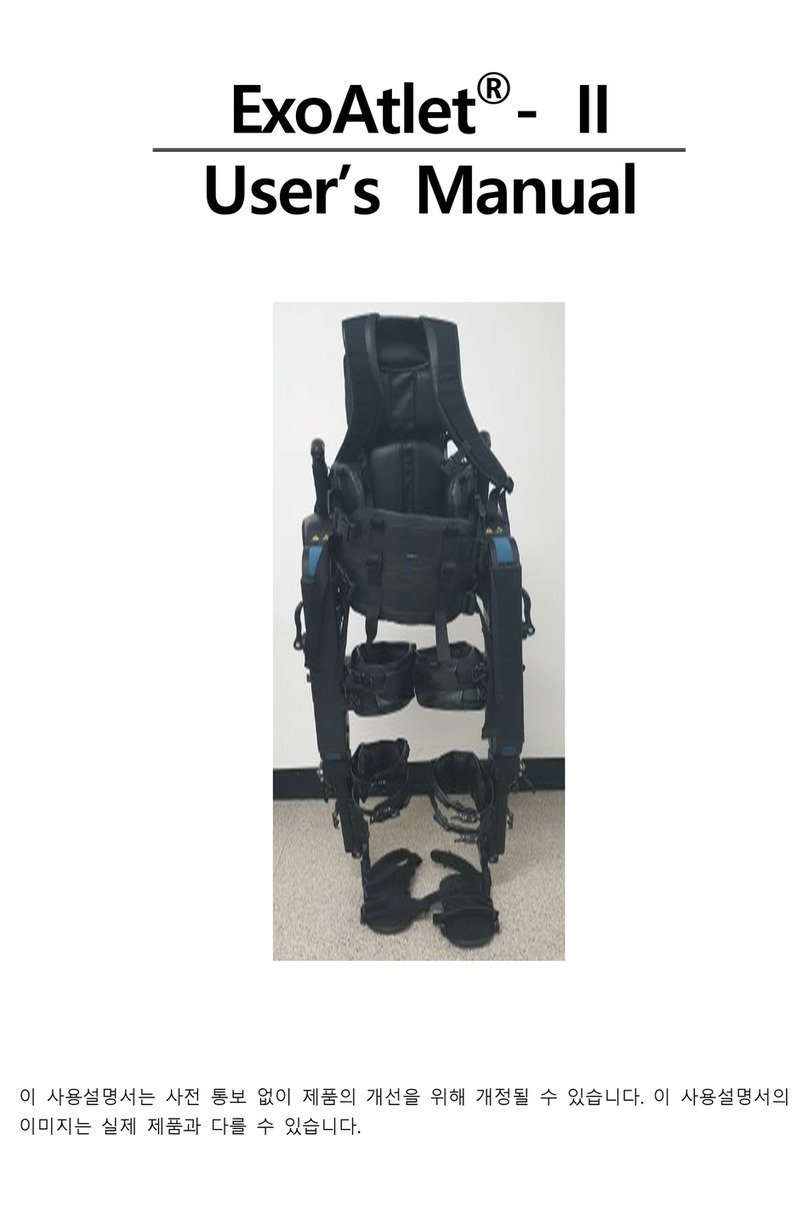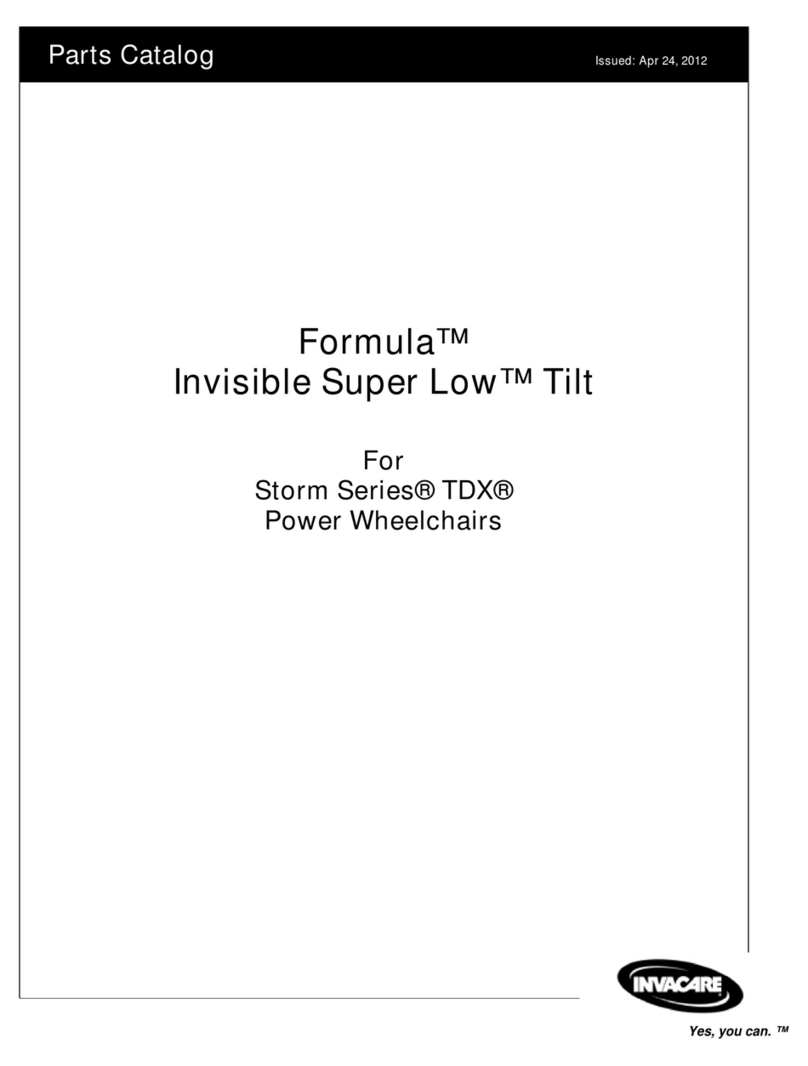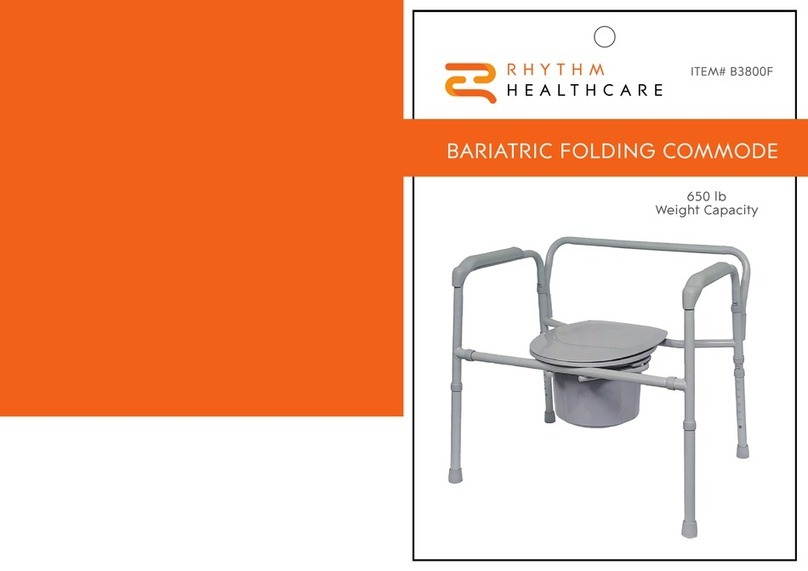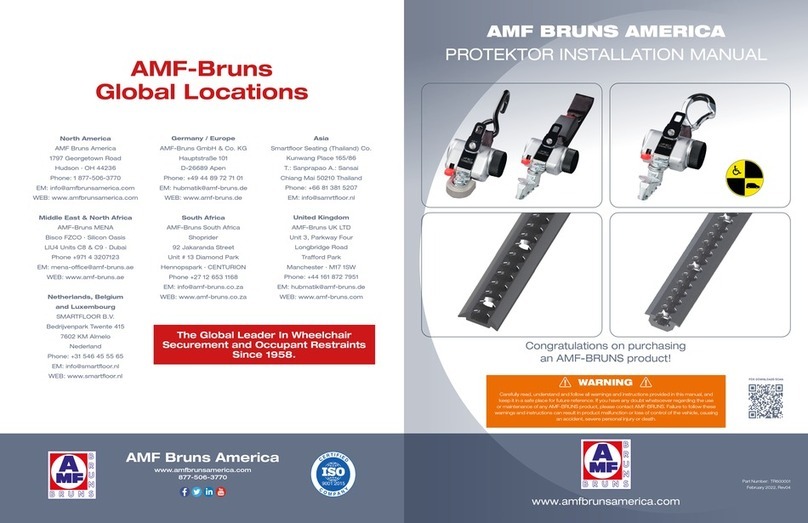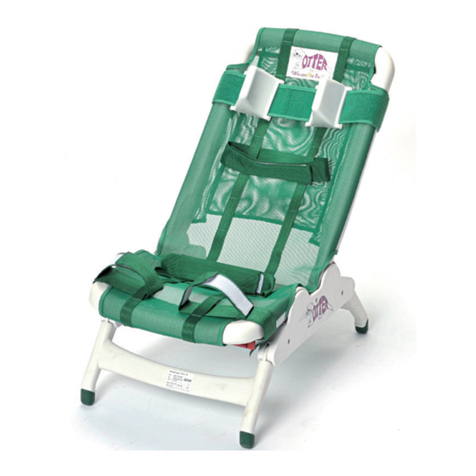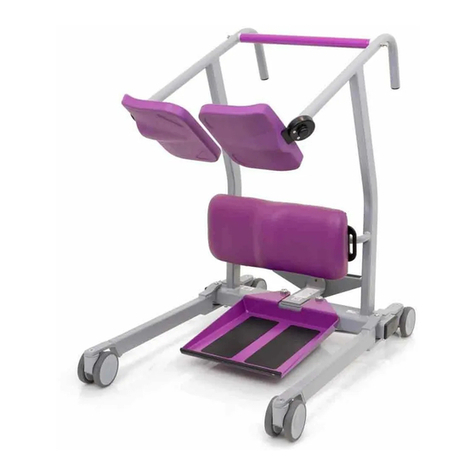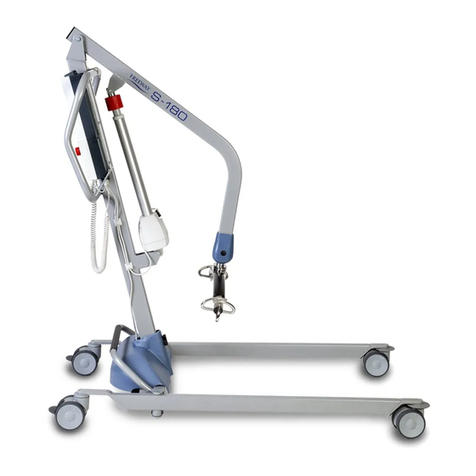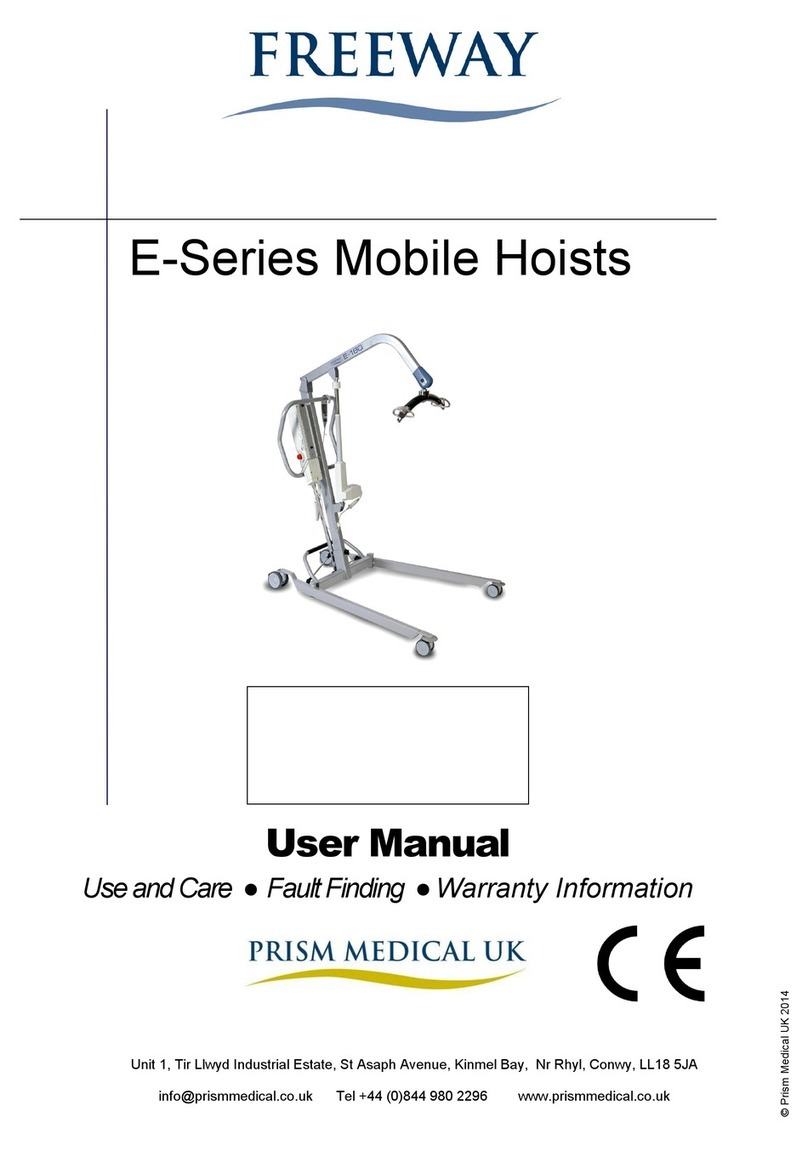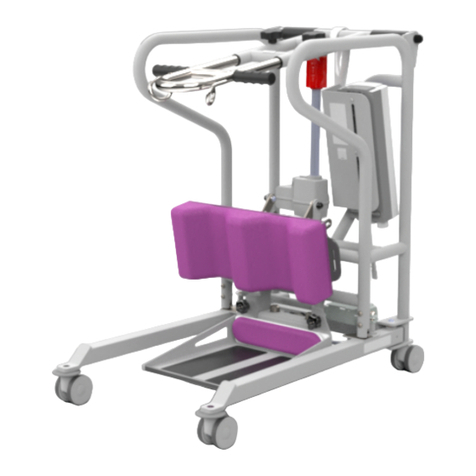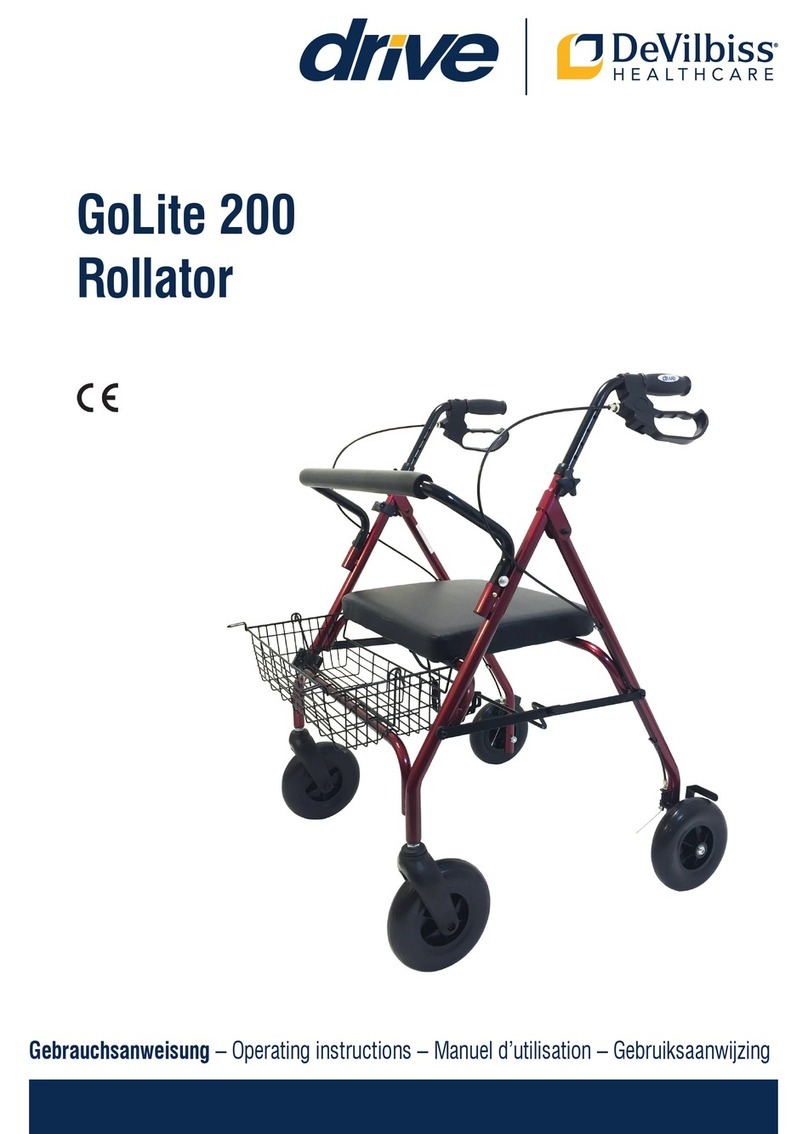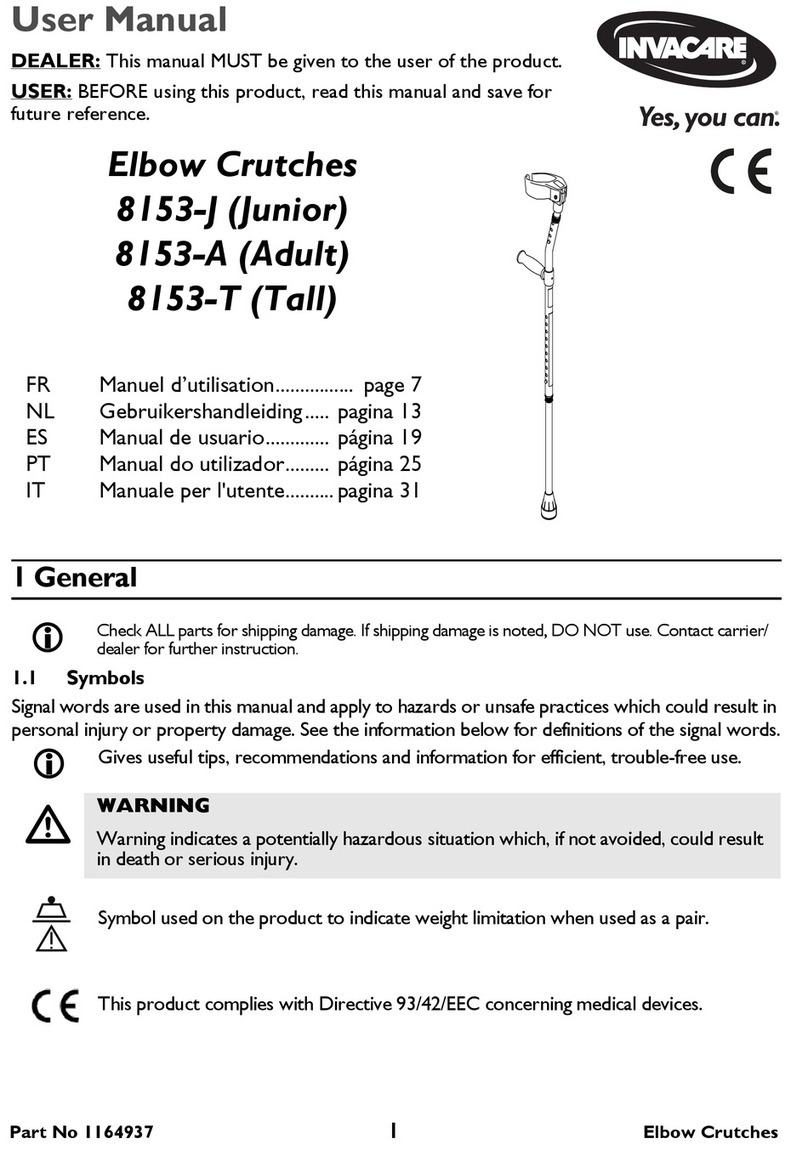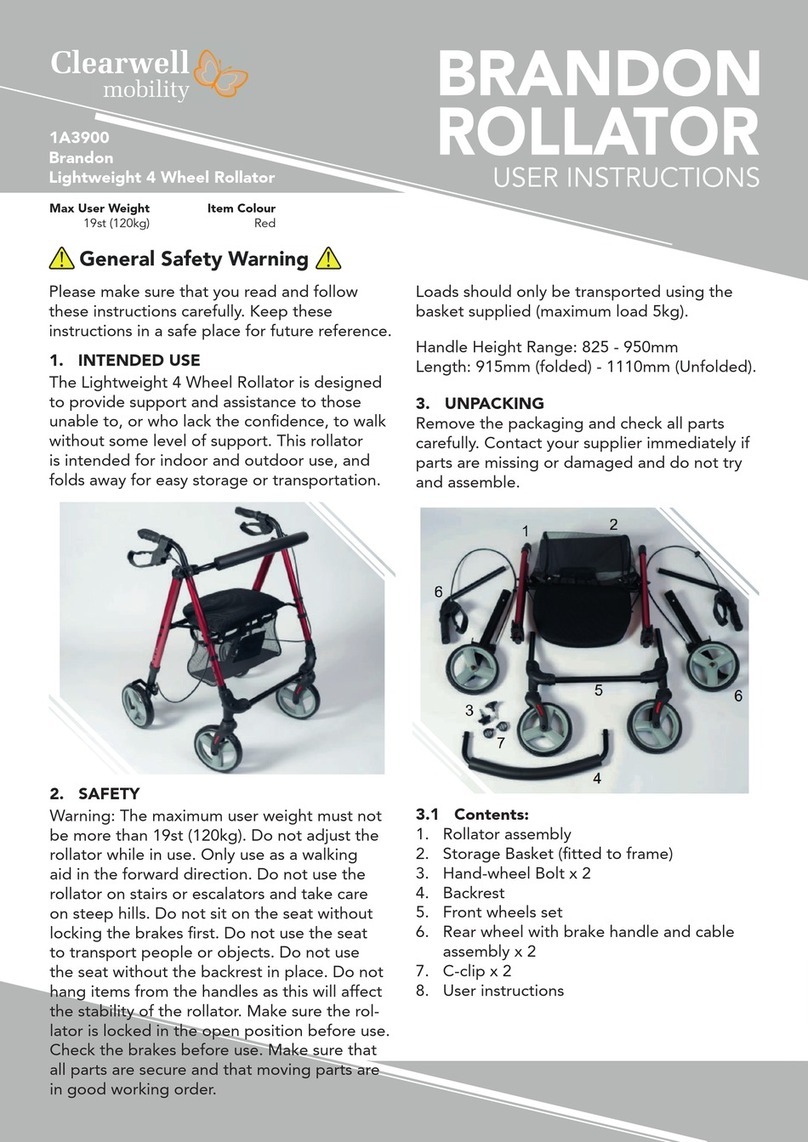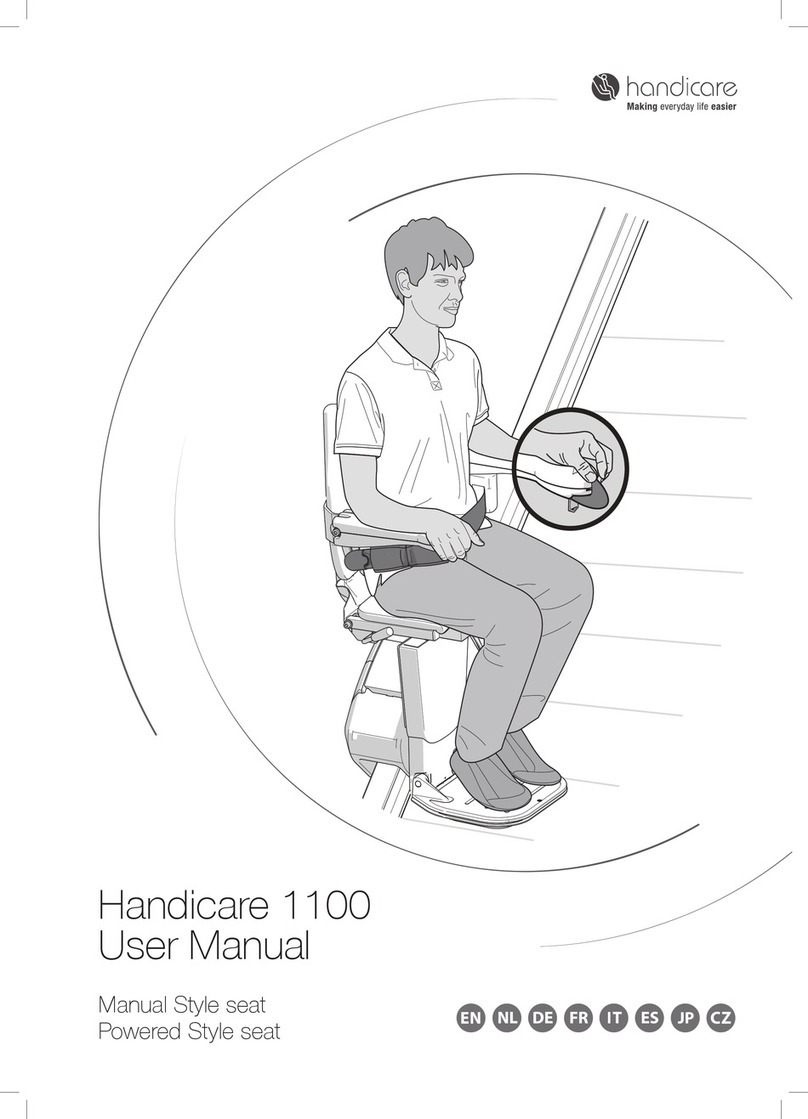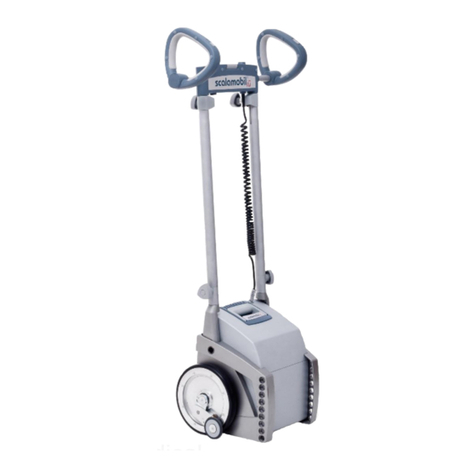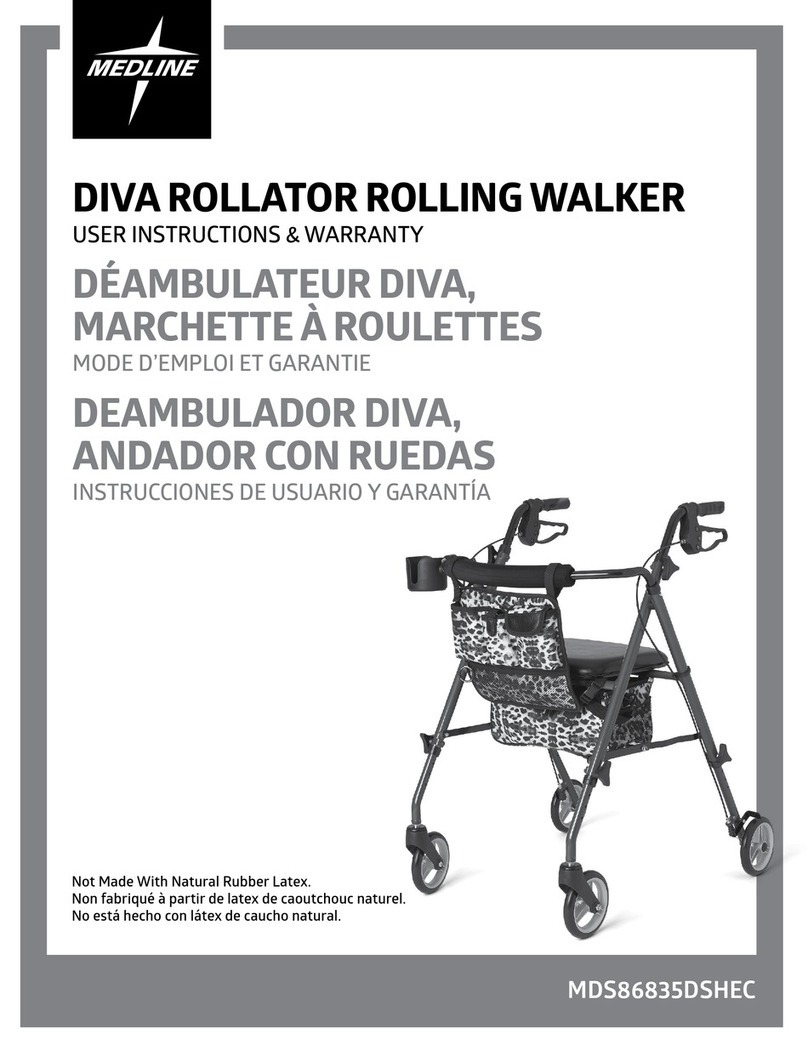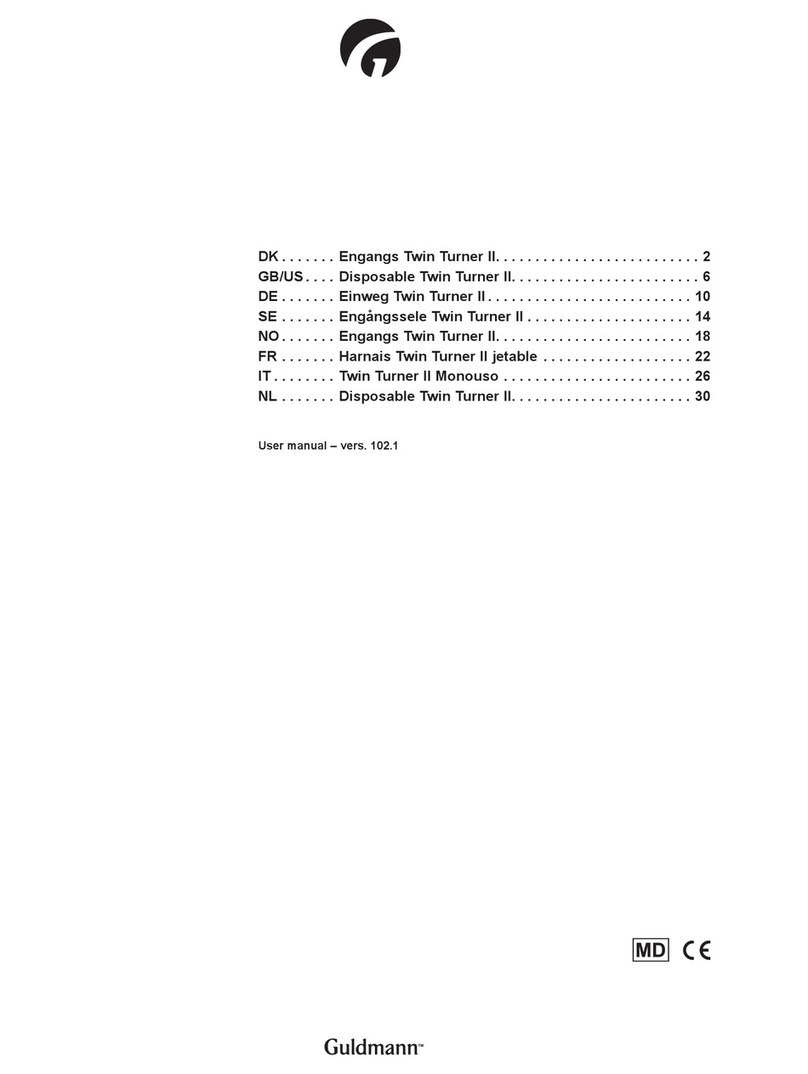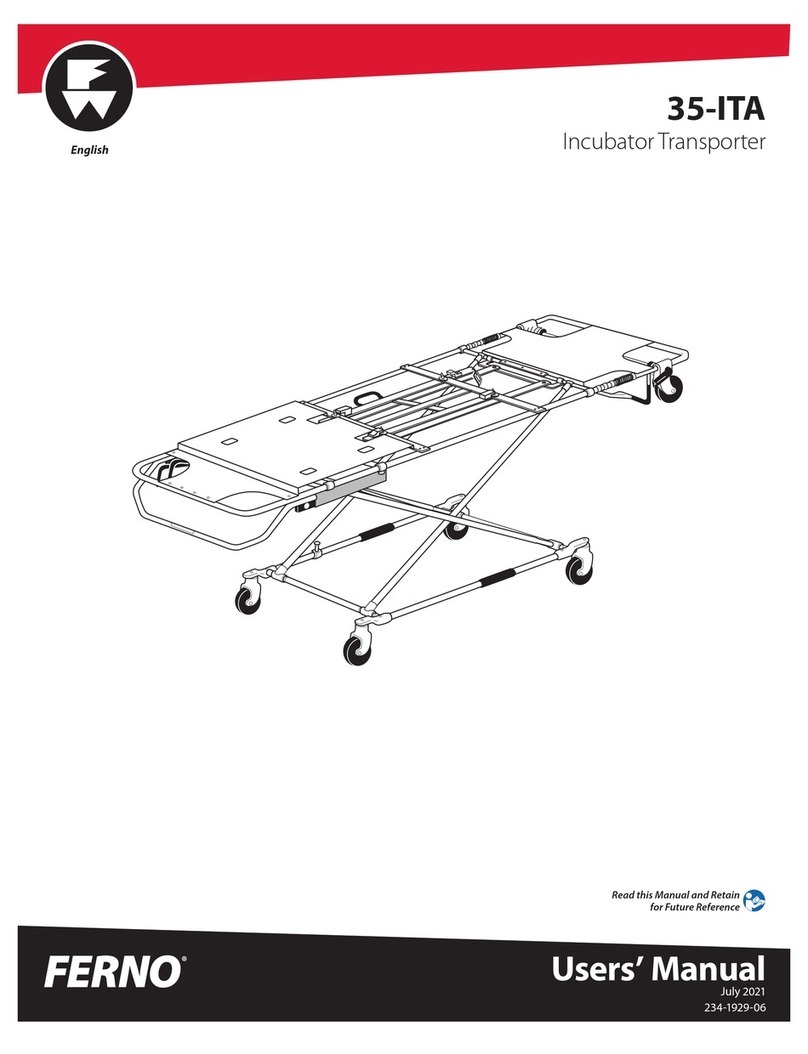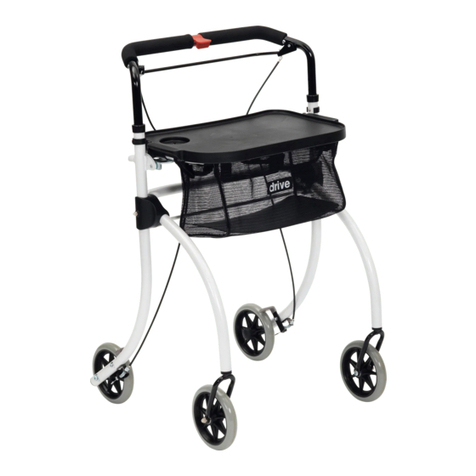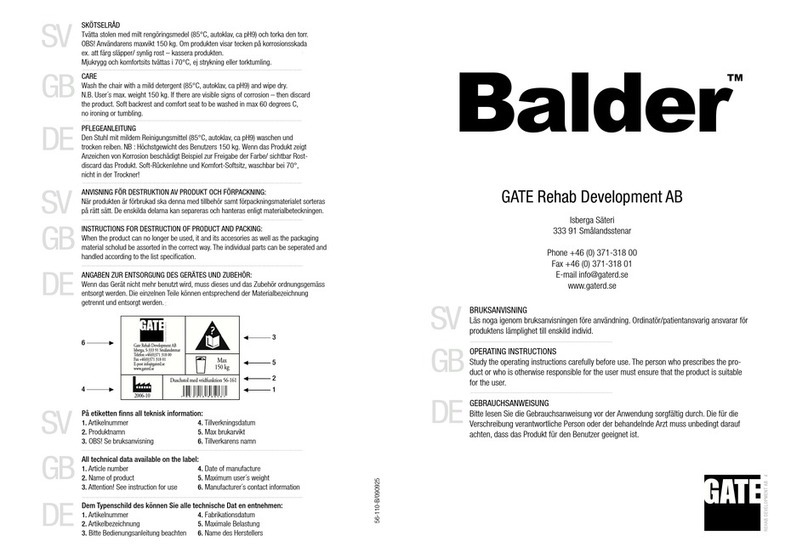
999066 – Revision A Page | 2 of 32
CONTENTS
Safety Instructions and Warnings.................................................................................................................................... 4
1.1 Introduction............................................................................................................................................................... 4
1.2 Manufacture .............................................................................................................................................................. 4
1.1 European Authorised Representative ......................................................................................................................... 4
1.2 Symbols Used............................................................................................................................................................. 5
1.3 Contraindications / Limitations................................................................................................................................... 6
1.4 Intended Use............................................................................................................................................................. 6
1.5 Warning Notes ........................................................................................................................................................... 7
1.6 Operating Environment .............................................................................................................................................. 7
Components / Key Parts ................................................................................................................................................. 8
Assembly instructions..................................................................................................................................................... 9
3.1 Unpacking .................................................................................................................................................................. 9
3.2 Unboxing Stand Aid.................................................................................................................................................... 9
3.3 Electrical connections.............................................................................................................................................. 10
Final Inspection ............................................................................................................................................................ 10
Operating instructions.................................................................................................................................................. 11
5.1 Manoeuvring the Stand Aid ...................................................................................................................................... 11
5.2 Raising and Lowering................................................................................................................................................ 11
5.3 Open / close Stand Aid legs ...................................................................................................................................... 11
5.4 Emergency stop button ............................................................................................................................................ 12
5.5 Emergency Lowering ................................................................................................................................................ 12
5.5.1 Manual Emergency Lowering ....................................................................................................................... 12
5.5.2 Electrical Emergency Lowering..................................................................................................................... 12
5.6 Handset Operations................................................................................................................................................. 12
5.6.1 Battery Status.............................................................................................................................................. 13
5.6.2 Service Indication......................................................................................................................................... 13
5.7 Battery..................................................................................................................................................................... 13
5.7.1 Charging the battery pack ............................................................................................................................ 14
5.7.2 Battery Status.............................................................................................................................................. 14
5.8 Battery Control Box Display ...................................................................................................................................... 15
5.8.1 Service Information read-out: ...................................................................................................................... 15
5.8.2 Removing battery pack: ............................................................................................................................... 16
5.9 Knee pad adjustment ............................................................................................................................................... 16
5.10 Removing the footplate........................................................................................................................................ 16
5.11 Slings ................................................................................................................................................................... 17
Technical Specification ................................................................................................................................................. 18
6.1 SA180C Dimensions.................................................................................................................................................. 18
6.2 Specifications ........................................................................................................................................................... 19
